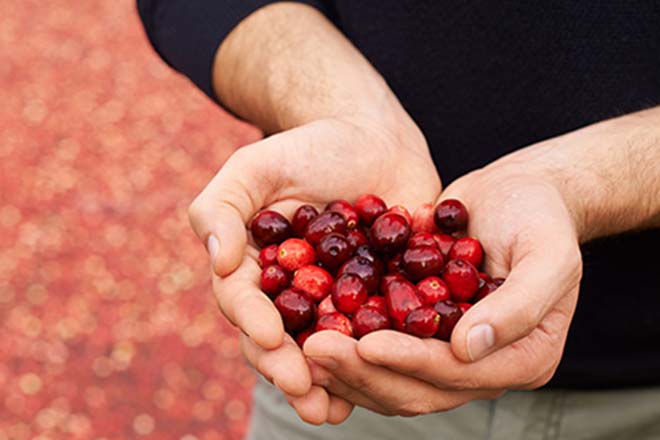Three options for farm and ranch help in COVID-19
The importance of our farmers and ranchers — and the security of our food industry — has been even more critical during the COVID-19 pandemic.
While fears of empty store shelves have not materialized and trust in our nations farmers remains high, it’s important agribusinesses stay strong to keep our food supply chain stable.
Here are three ways ranchers and farmers can recover losses and programs that are available for help. The first two options we’ll examine are longshots, and the third is the most practical.
Business interruption insurance
During a disaster, such as the COVID-19 pandemic, a farm and ranch operation may wonder, is there any type of insurance that would help us weather this severe disruption to our business?
For more than 100 years, business interruption coverage has been an important component of most commercial coverage insurance programs for many companies. This specialized form of “first-party” insurance is designed to cover the loss of income arising from the inability to continue the normal operations and functions of a company due to a disaster.
Traditionally, some type of physical damage to the company’s property was required to trigger business interruption coverage. The physical damage requirement was further limited to covered locations and covered perils. Intuitive covered perils that cause physical property damage include hurricanes, fires, explosions, etc.
Today, among the expanding problems surrounding COVID-19, is the ever-growing scope and length in time of disruptions to business activity and daily life. Supply chain disruptions, mandatory or voluntary quarantines, restricted travel, and “social distancing” measures are causing significant demand issues for many farm and ranch products. These disruptions naturally lead to reduced, or even eliminated, revenues and profits.
In the context of COVID-19, the requirement for physical damage causes problems of proof for many policyholders. A generic application of this concept would require that the COVID-19 virus physically damages or contaminates the property of the insured. If direct physical loss or damage is required to trigger coverage, insurance adjusters and the U.S. courts generally deny coverage if it is not visually or mechanically apparent.
Unfortunately, COVID-19 will not trigger coverage for most insureds. The trigger for coverage in most policies is often limited to local government orders rather than a general announcement by the World Health Organization of a worldwide pandemic. Considering the nature of the COVID-19 pandemic many producers likely have not experienced physical damage to their crops or livestock. However, the bottom line for all producers should be to:
- Obtain your policies
- Read them carefully
- Confirm that there are no specifically excluded perils
- Look for any coverages that may be applicable to financial losses caused by the COVID-19 outbreak
The legal profession and insurance companies are closely monitoring state and federal court proceedings for any linkage between “direct physical loss” and COVID-19. This will likely continue for the next few years as this issue works its way through our court system.
Lost profits
A business suffers a loss of profits (also referred to as damages) when an act decreases its projected revenues, raises its projected expenses, or does a combination of both.
Lost profit claims are generally determined in the context of litigation between two opposing parties where a judge, jury or arbitrator determines that one party has caused damages to the other. The impacts of the COVID-19 pandemic will likely result in lost profits for many farm and ranch operations.
Unfortunately, these operators will find it difficult to bring litigation against other parties when the primary act that has caused the lost profits is a reduction in commodity prices due to lower overall demand for products; and not the specific actions of another person or business.
However, the type of analysis that goes into a lost profits claim calculation is similar to what is used when calculating losses for purposes of applying for other forms of relief that are available for farm and ranch producers.
USDA Coronavirus Food Assistance Program (CFAP)
The federal government has stepped in to provide relief since business interruption insurance and lost profit claims aren’t available during the COVID-19 pandemic.
As part of the Coronavirus Aid, Relief, and Economic Security Act (CARES) and the Families First Coronavirus Response Act (FFCRA) the U.S. Department of Agriculture announced a new program known as the Coronavirus Food Assistance Program (CFAP).
CFAP provides $16 billion in direct support for producers who suffered losses due to the impacts of the COVID-19 pandemic. The general provisions for CFAP eligibility are:
- Persons or entities that have suffered a 5% or more price decline for eligible commodities
- Persons or entities that face substantial marketing costs for existing inventories
- Persons or entities must have an average adjusted gross income of less than $900,000 for tax years 2016, 2017, and 2018; subject to exemptions if 75% of the adjusted gross income comes from farming, ranching, or forestry
CFAP payments are subject to limitations per person and entity depending on business structure, number of shareholders, and other items.
The USDA is accepting applications through August 28, 2020 and producers are to apply through the Farm Service Agency at their local USDA Service Center.
How Wipfli can help
The CFAP program is the most visible of the programs that directly impacts our farm and ranch operators, but more programs may be available and the guidance and scope surrounding these programs continues to change. Contact us today or see our library of resources in our COVID-19 resource center to help you respond, restore and revitalize your farm or ranch.



